Middle and high school teams place 2nd and 6th in worldwide tournament in Washington D.C.
Wahkiakum and Naselle School District students have gone above and beyond – both literally and figuratively – in their STEM education journey.
Middle and high school students from the two districts just returned home from Washington D.C. where they placed 2nd (Wahkiakum) and 6th (Naselle Grays-River Valley) in the world in a global robotics competition.
“I am incredibly proud of our students and educators,” said Brent Freeman, superintendent of Wahkiakum School District. “We may be a little school district, but the hearts and minds of our students and staff are world-class.”
“To have our local students recognized among the best in the world speaks volumes about their work ethic and knowledge, but it also demonstrates the quality education they are receiving from our outstanding educators,” said Lisa Nelson, superintendent of Naselle-Grays River Valley School District.
“I still don’t even have words for it,” said Ron Wright, a retired educator who now volunteers his time to support robotics programs for students in Wahkiakum and Naselle. “It almost feels like a movie.”
Wright, who has taught math, science, and engineering since the 1980s, has made it his mission to establish a robust robotics program in the local schools since moving to Wahkiakum several years ago. He worked with school district leadership to get a grant from the state and has gradually been building the program ever since.
“The kids keep me young. That’s the reward,” Wright said.
After participating in a series of local and state robotics tournaments, two teams of students from Wahkiakum and Naselle-Grays River Valley qualified to compete alongside 137 other teams from around the globe at the SeaPerch RoboNation Competition in Washington D.C. on June 4.
Wright and school district leaders recognized the incredible learning opportunity the trip presented for students and they got to work to make it happen. Through a combination of grant funds, some school district funds, and overwhelming support from local community sponsorships, enough money was raised to send the two teams (25 students) and six chaperones across the nation to compete.
“Two-thirds of the students had never flown on an airplane before,” Wright said. “None of the kids had ever been to D.C.”
The primary purpose of the trip was to compete at the world robotics competition, but in true educator form, school leaders and chaperones, many of whom are also teachers, embraced the opportunity to teach students some history while in the nation’s capital.
“This exposed them to opportunities they never would have had otherwise,” Wright said.
The teams arrived a few days ahead of the competition on June 4, and in time to celebrate Memorial Day at Arlington National Cemetery. The students split up into groups, visiting as many museums and
memorials as they could fit in, including visits to the World War II Memorial, the Korean War Memorial, the Vietnam War Memorial, and the Lincoln Memorial. They also went to the Holocaust Museum, the Smithsonian Museum of Natural History, and the Smithsonian Museum of American History.
“This will influence the kids’ lives for certain in many positive ways. The trip, itself, was incredible,” Wright said.
“I feel like we got a huge cultural experience, we got to be immersed in the history of our country and learn good and bad things,” said student and Wahkiakum Team Captain Arwynn Haney. “We also learned a lot about ourselves as a team. I think there were a lot more leadership opportunities on the trip. It was really amazing.”
As competition time approached, the teams began serious preparations for the tournament. One group unpacked and rebuilt their robot. Another plotted out their presentation. A third observed other teams in order to improve their presentations. How were they increasing speed? What designs could be emulated? How do their teams work together?
“It was really cool to talk to kids from other countries,” Wright commented. “We’re all alike, but we are all different, too.”
On Saturday, June 4, the competition began. The teams presented an engineering report and answered questions. Later their robot was inspected, followed by completing the obstacle and mission courses. The students were also scored on how well they were able to explain the engineering process in both written and video communications.
“It takes all different kids with different skillsets to make a great team, and we’ve got great teams,” Wright commented.
“It was cool to see how well our team managed ourselves compared to the first competition I remember us going to,” Haney said.
When the awards were announced, the teams were stopped in their tracks.
“It is still hard to wrap our heads around it,” Wright said. “One hundred thirty-seven teams were there in three divisions, from all over the world, and we were in the Open Division, presumably the hardest. Southwest Washington comes home with multiple trophies. In our first year doing SeaPerch. Wow.”
Out of the numerous lessons the students learned on the trip – engineering, teamwork, world cultures, American history – perhaps the most important is believing in themselves.
“This is what happens when preparation meets opportunity,” Wright said. “These kids were well prepared by their school districts and they just needed an opportunity to shine. If we keep applying ourselves, we can do it again next year!”

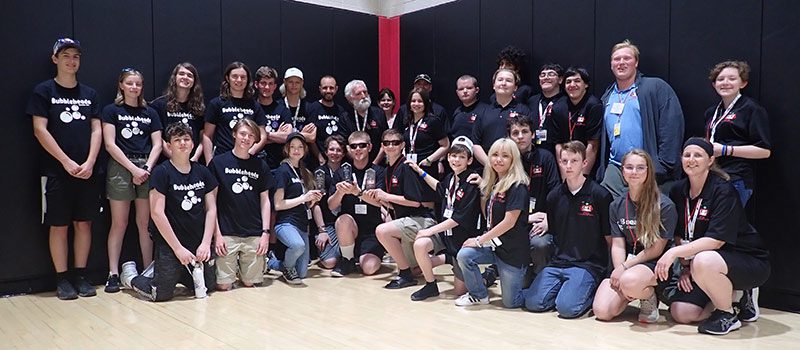
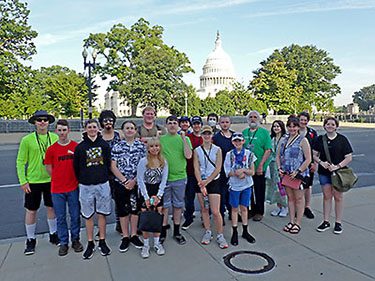
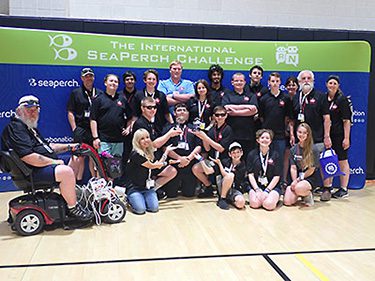
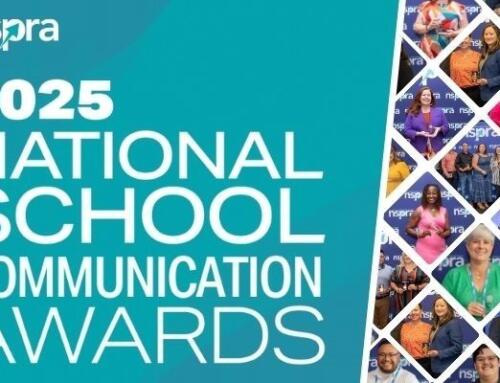
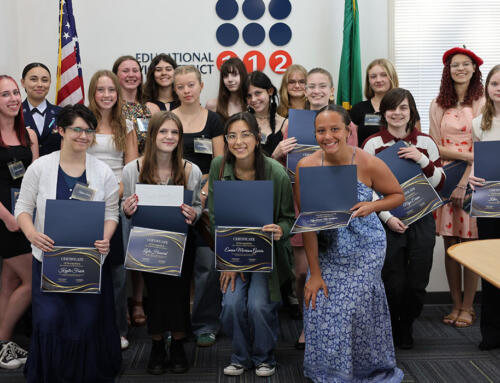
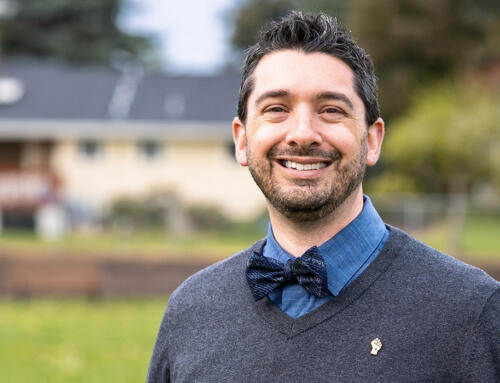
 ESD 112 equalizes educational opportunities for learning communities through innovative partnerships, responsive leadership, and exceptional programs.
ESD 112 equalizes educational opportunities for learning communities through innovative partnerships, responsive leadership, and exceptional programs.